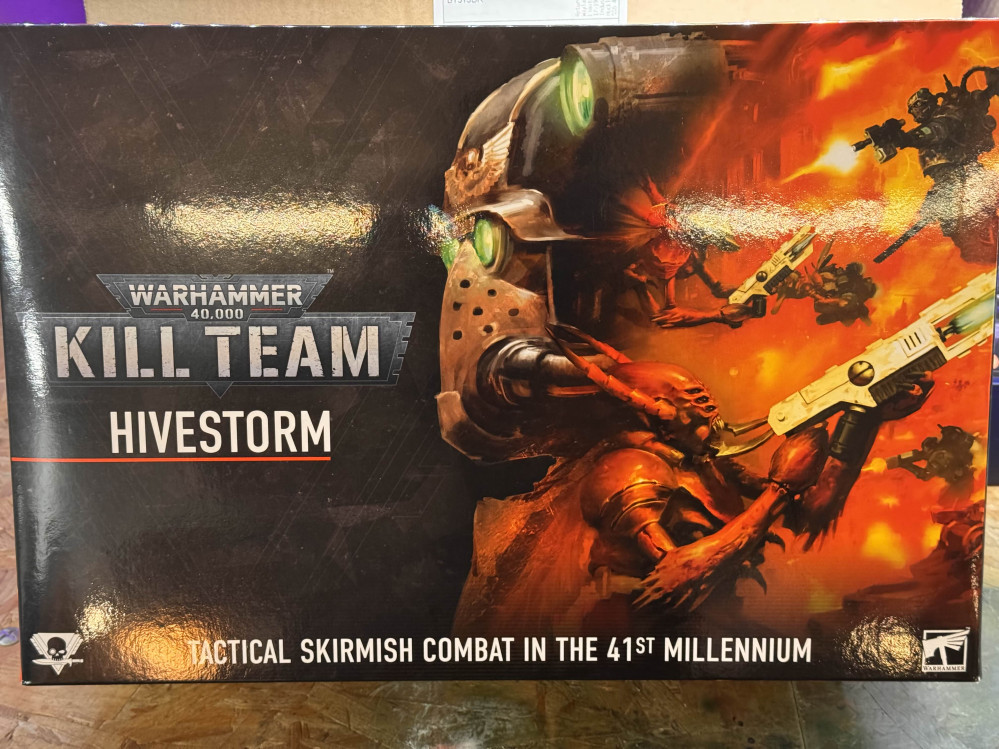
So I won a copy of Hivestorm in a raffle...
Blocking out colours!
This is the stage I have been eager to reach!
Blocking out the colours of the board elements is where my interlude images come into play.
I will be focussing on three main areas to begin bringing some colour to the board:
rust
concrete
ground
These three areas of interest will leave the board “fully painted” to a degree, but mostly leave me in the position to begin detail painting and weathering!
Two spray cans, a grey and a bone colour gives me the basis for the ground colouring and the building colour.
Quite the broad brush approach but it sets me up nicely for breaking out my airbrush and starting to block in the rest of the colour palette i’ll be working up from.
I will preface this by saying that this process, for me, was very “free form” just grabbing a colour, mixing it with something else and seeing how it went down on different surfaces.
The concrete (grey) of the buildings was mostly a mix of Field blue and a little dark grey over the grey spray.
The rust begins with a dark brown, and each layer added a little more orange to the mix in the airbrush, bit not letting it be the pure rusty orange. So about three layers to bring it up to the more rusty tone I have achieved.
The ground texture started off basically the same, but ran in reverse. I started light and darkened down over three of four layers. But also being very patchy in its application, trying to avoid a uniform finish.
 Here are the only colours I used, mixing and blending them up or down in tone to get the result I wanted.
Here are the only colours I used, mixing and blending them up or down in tone to get the result I wanted.This whole process took about two hours from black primer to this result. I only used and airbrush for achieve this which has given me a great base to work upon with more details to add and then weathering.
Seeing the board at this stage has motivated me to get down into the nitty gritty elements, while allowing me to more easily see the final product with every brush stroke!





























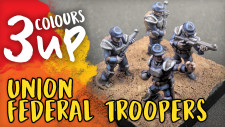

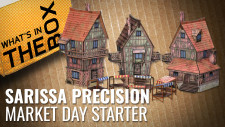
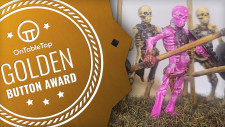



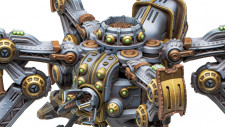




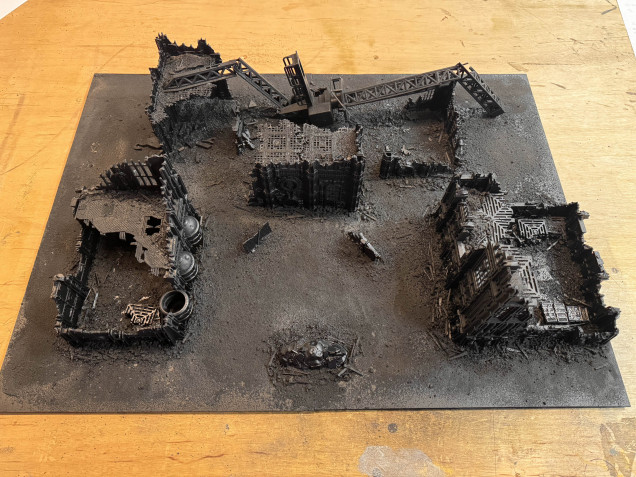
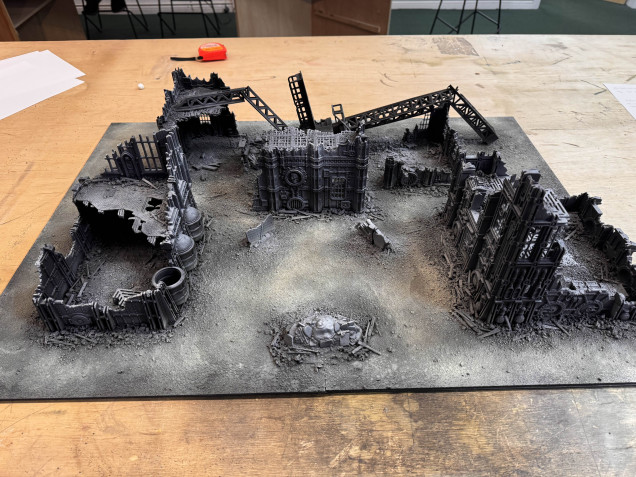
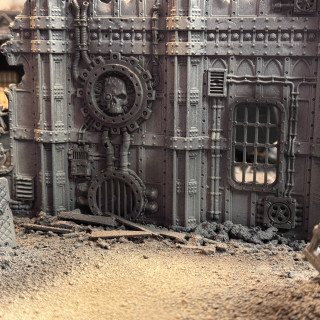
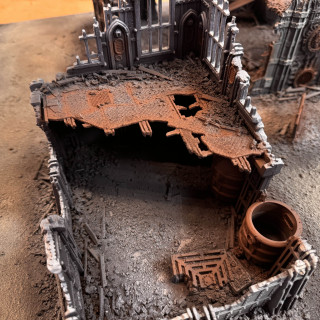

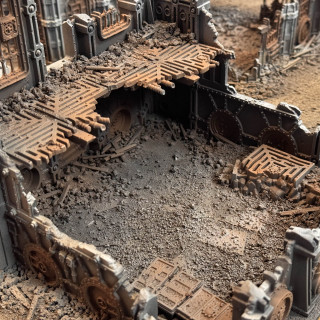
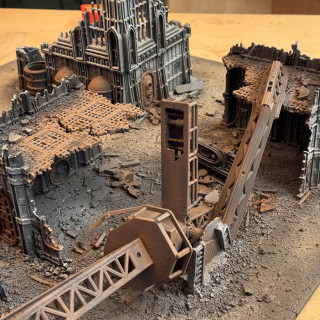
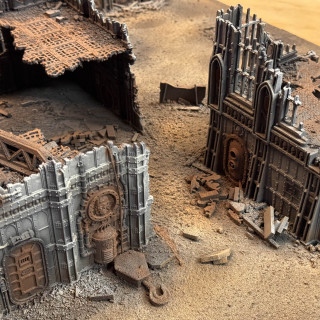
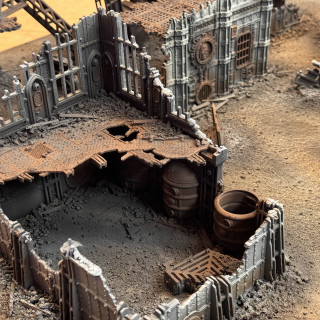


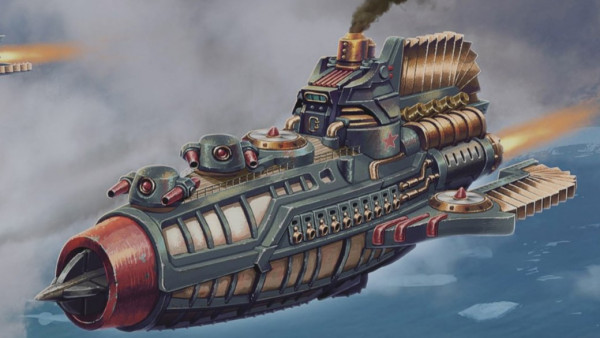
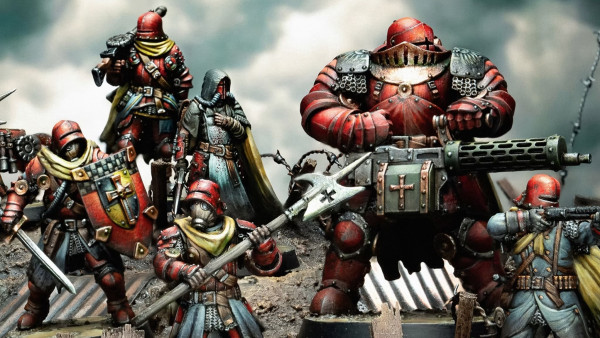
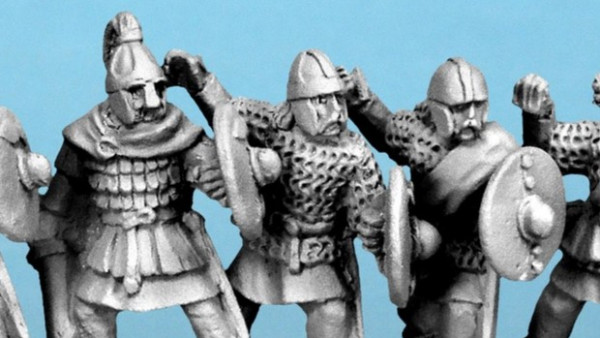
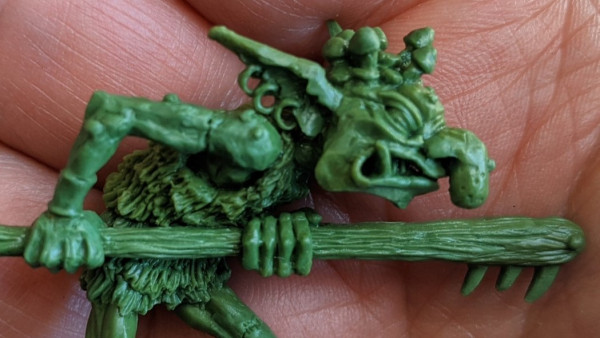
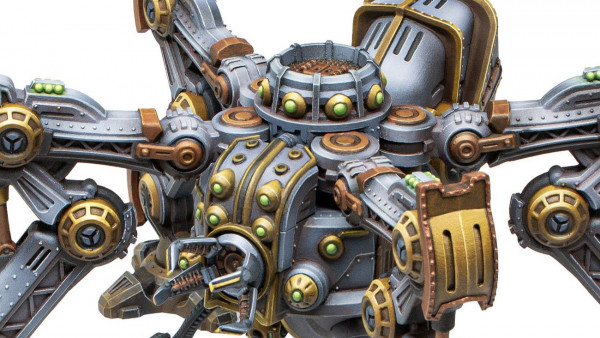
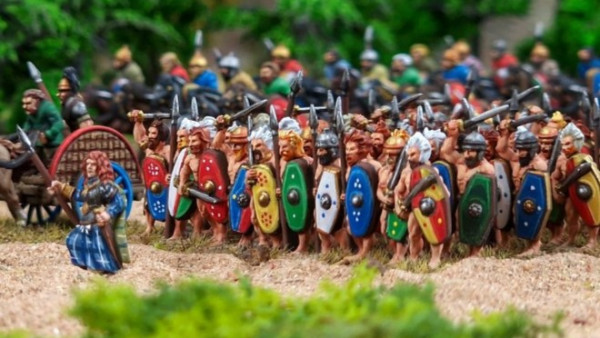

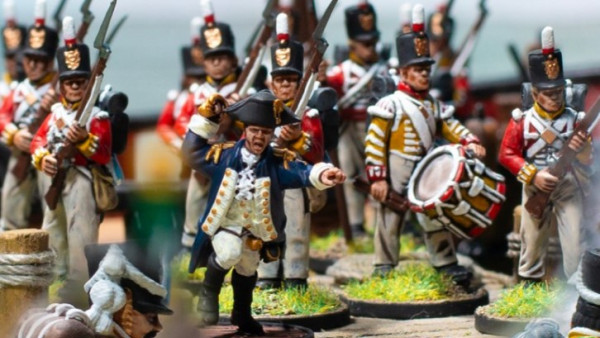

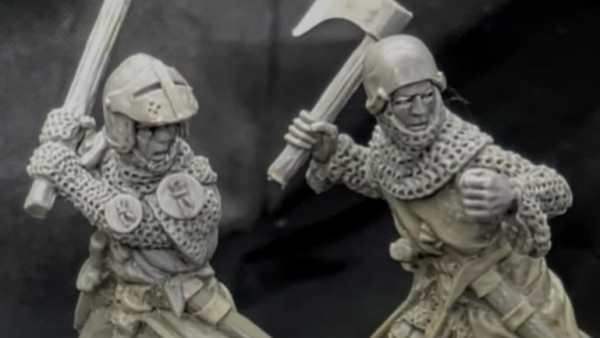
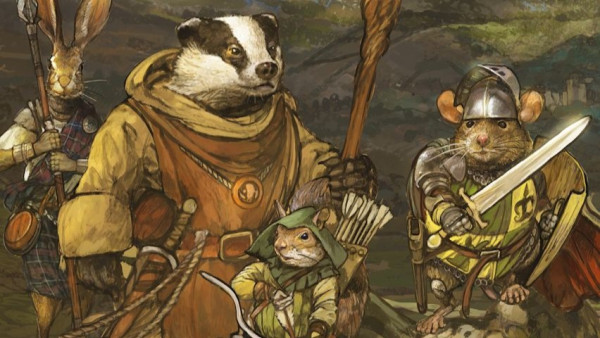
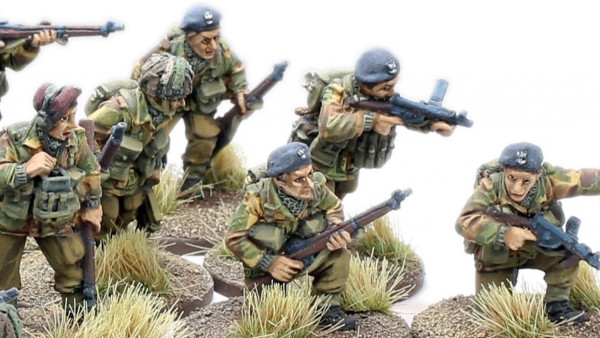
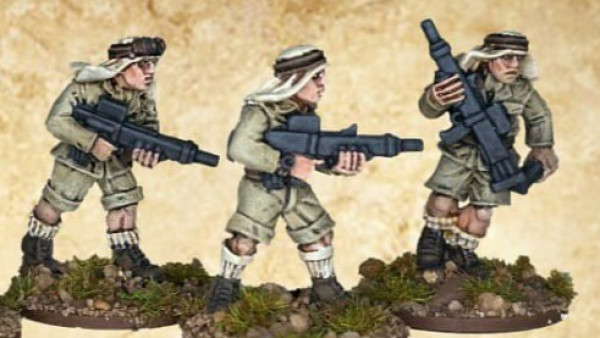
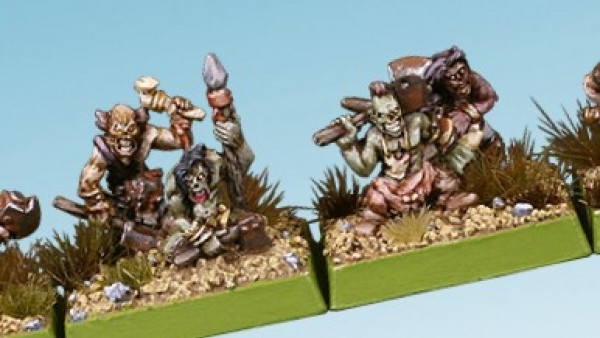
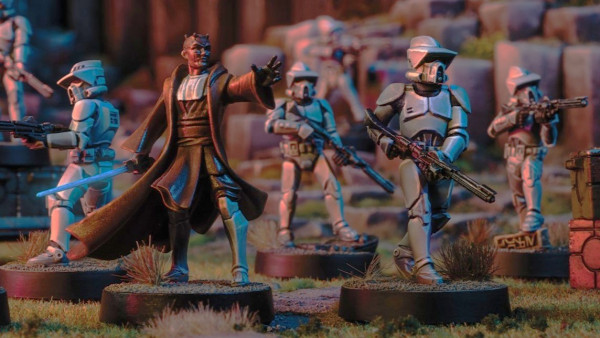
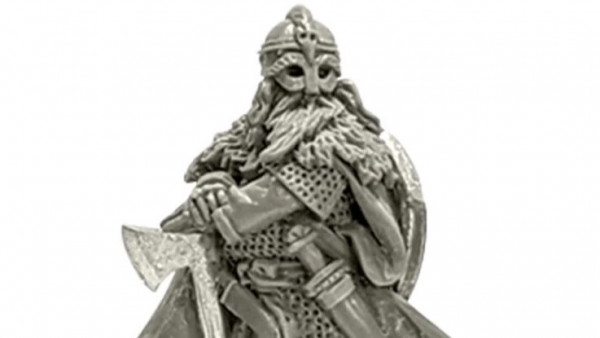
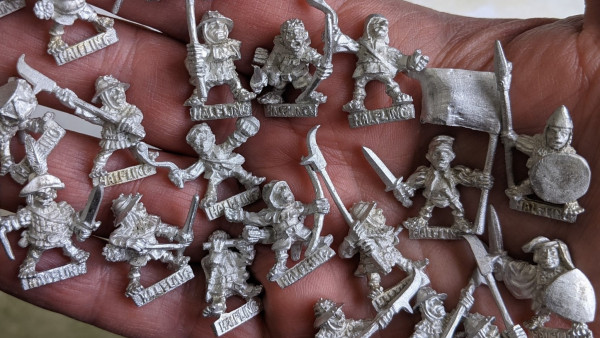
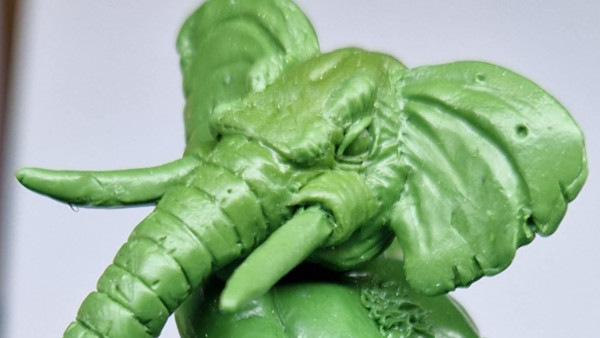
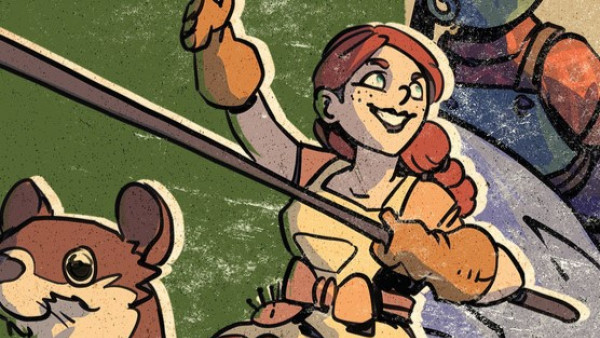
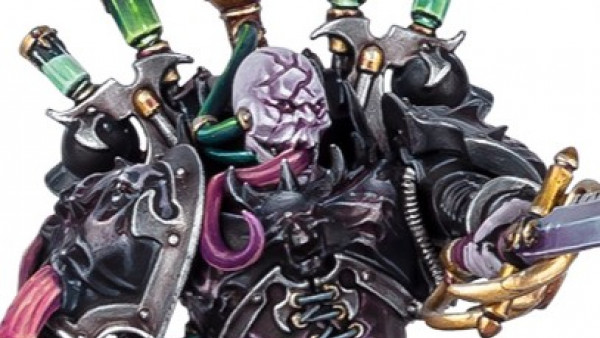
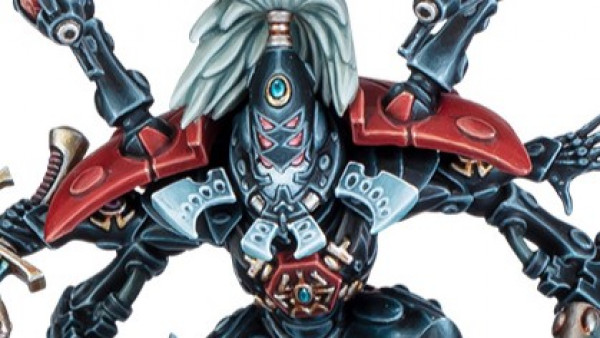
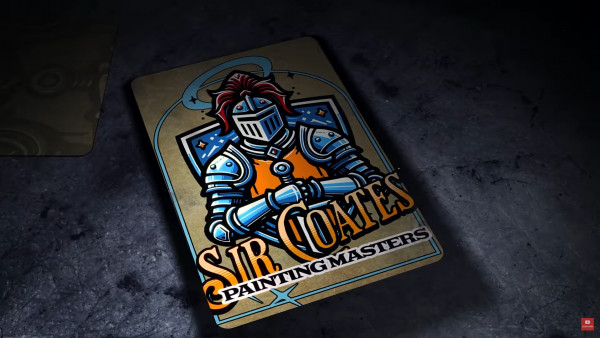
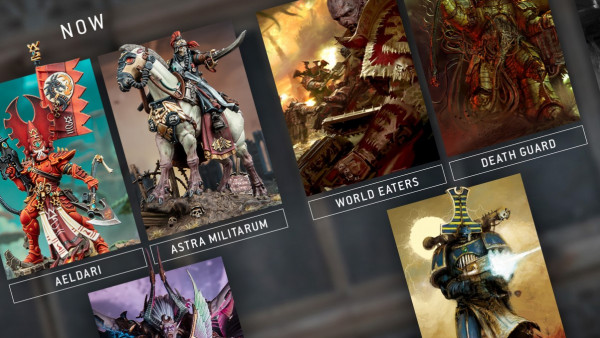
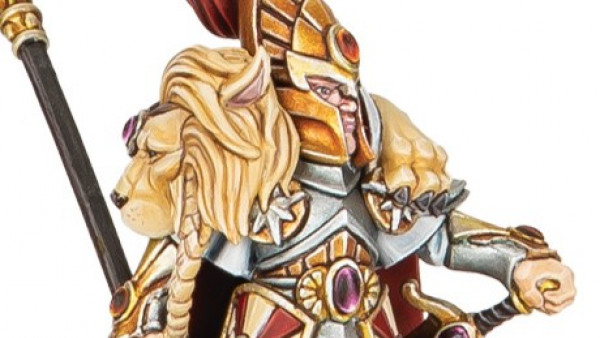

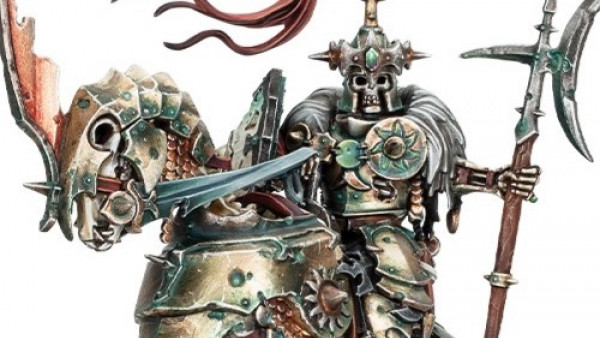
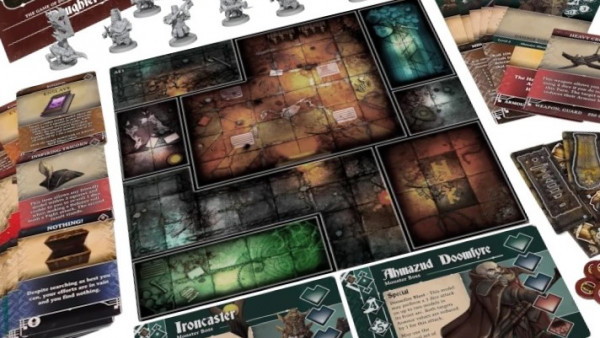



Leave a Reply